Approximately 2000 non-native plant and animal species have been introduced into the UK, causing irreparable damage and changing landscapes forever. The Woodland Trust looks at how non-native species are invading UK woodlands and what can be done to stop the spread.
What is an invasive non-native species?
In simple terms, a non-native species is one that has been transported from its native range to a new region with help from humans.
Most non-native species are harmless, but an invasive non-native species (INNS) is one that has a negative impact on the environment, economy or our health and way of life. Around 10-15% of non-native species have become invasive which has had a negative impact in some way.
Why should we care?
The overall impacts of INNS are startling. They cost the UK economy at least £1.8 billion a year and they have also led to dramatic declines of some native species, including the water vole, white-clawed crayfish and red squirrel.
30% of the UK’s Important Plant Areas have been found to contain invasive non-native species, and when we look globally, invasive non-native species are one of the main drivers of biodiversity loss.
These invasive non-native species have contributed to 40% of animal extinctions that have occurred in the last 400 years. On islands in particular they are the primary driver of biodiversity loss.
The impact of invasive non-native species on our woods
Our woods have been affected in a whole host of ways by invasive species. An example of this would be that the introduction of non-native deer species for hunting, which has become a serious issue. Lack of natural predators means deer numbers can grow unchecked and the increased population feeds on tree saplings and hampers the process of natural regeneration. This means that these deer are hindering the development of the next generation of trees.

Credit: Woodland Trust
Grey squirrels, which were introduced from America in the 1870s, strip the bark off of trees, especially fresh growth and they have outcompeted native red squirrels. Grey squirrels also carry the squirrel pox disease which our red squirrels are particularly susceptible to and as a result, red squirrel populations have plummeted to the point where they are now only seen in small areas of Great Britain.
Japanese knotweed
It is not always apparent from the outset that a species will go on to become invasive. A number of the more harmful INNS plants started out as ornamental garden plants. But without natural predators from their home range, they can grow uncontrollably.
Japanese knotweed (Fallopia japonica) was initially introduced as an ornamental garden plant by the Victorians; however it is now commonly found in urban areas, particularly on wasteland, railways, roadsides and riverbanks. But it affects our woodlands too.
Japanese knotweed out competes native species, contributes to river bank erosion and increases the likelihood of flooding. It also causes significant delays in development, as it grows through asphalt and other surfaces, leading to structural damage and increased costs.
The smallest fragment of its root can grow a new plant, meaning it can easily spread, this makes it challenging and expensive to manage. In fact, Japanese knotweed is so damaging and problematic that it is a criminal offence to plant it or cause it to grow in the wild.
Devil in disguise: rhododendron
Invasive plant species can also harbour diseases and spread them to native plants. For example, rhododendron (Rhododendron ponticum) is an ornamental shrub introduced by the Victorians for its spring flower and thought it may look pretty, its effect on the landscape is significant. The plant is poisonous to livestock and casts such a dense shade meaning other plants are unable to grow near it.
It also commonly carries the tree disease Phytophthora ramorum, which has killed thousands of larch, beech and oak trees across the UK. The rhododendron doesn’t die immediately and it instead it acts like a reservoir for the disease, allowing the Phytophthora to release spores onto nearby trees.
What can we do?
There are ways in which we can all help reduce the spread of invasive non-native species.
If you enjoy paddling, fishing or sailing, follow the Check, Clean, Dry process for equipment and clothing after leaving the water as this will help to avoid spreading invasive aquatic species.
Make sure you dispose of any plants responsibly, including those from your pond or aquarium. Never just dump them in the wild and always remember to Be Plant Wise:
- Take care of your pets and ensure they never escape into the wild and this enables the spreading of diseases and invasive species
- Keep an eye on the latest species alerts from the Non-Native Species Secretariat (NNSS) website and make sure you are aware of what to look out for For example, during the spring and summer, watch out for Asian hornets and report any sightings
- If you enjoy being outside and want to try something new, why not consider volunteering with a Local Action Group and contribute to working on the management of invasive non-native species
 About the author
About the author
The Woodland Trust is the UK’s largest woodland conservation charity, with a vision to see a UK rich in native woods and trees, for people and wildlife. We aim to create new native woodland with the help of communities, schools, organisations and individuals, protect our precious ancient woods, restore the ones that are damaged and fight for those under threat, and inspire people up and down the country to visit woods, plant trees, and enjoy the many benefits that woodland has to offer.

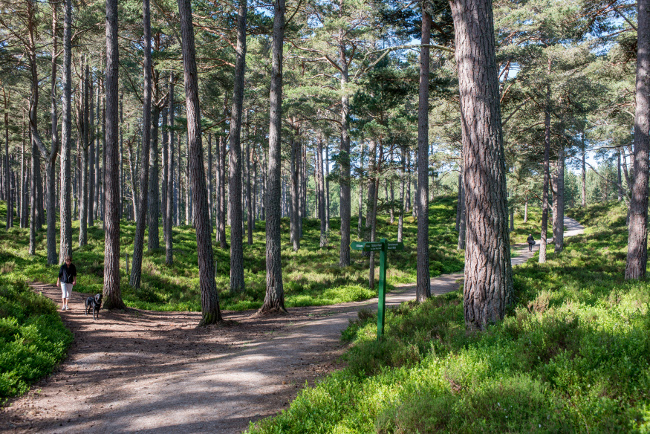
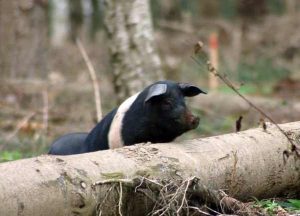
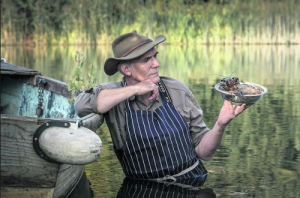
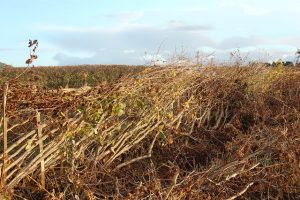

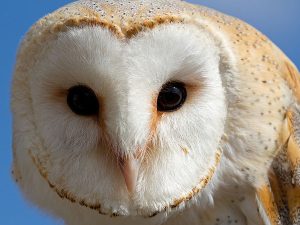
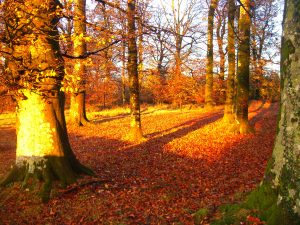
2 Comments
You can’t have it both ways. If you believe in evolution you can’t call any plant an invasive species. It’s just evolution, don’t fight it.
Ultra V
Nonsense – evolution is the development of new species. It represents an expansion of diversity. The above examples restrict diversity, and have nothing to do with evolution.